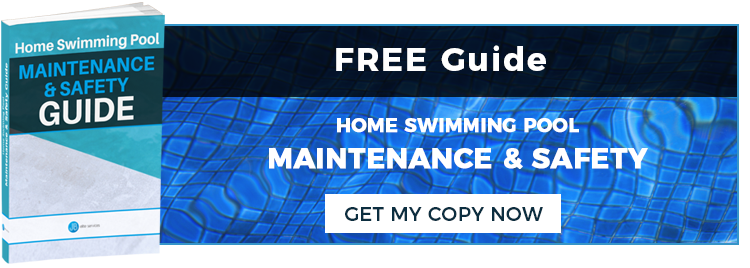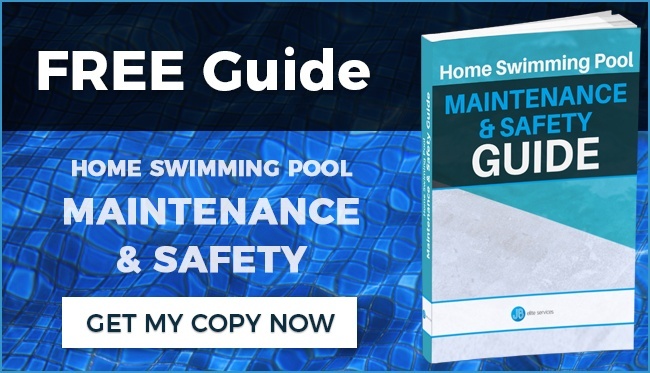
While most of us have likely forgotten secondary school chemistry, owning and maintaining a swimming pool is like a blast from the past. Instead of learning about atoms and memorising the Periodic Table, a home pool has owners calculating chemical compounds and measuring acidity levels of water.
Pool owners need to frequently check water samples to assess pH levels and chlorine levels to ensure the water is safe and clean. Balanced levels are important, but without a degree in chemistry, how do you know what the levels are supposed to be and why are those so important?
What Is A pH Level?
When it comes to swimming pools, we hear lots about pH levels, but what are they? The acronym actually stands for “potential hydrogen”, a measurement of how much hydrogen is in a sample. The pH level is a measurement of your pool water’s acidity and runs on a scale of 0 to 14. Where 0 is complete acidity and 14 is completely basic, 7 represents neutral.
Your swimming pool can have a safe and effective pH level of anywhere between 7.2 and 7.6, but when it comes to your pool, the ideal pH level is 7.3. This level is similar to the pH level in human eyes and results in good chlorine disinfection, but more about this part later.
Why pH Matters
Now you know what a pH level is, but why does it matter? If the pH level gets to 7 or 7.8 is it really a big deal? Well, to put it simply, yes.
If the pH level is too high or too low, the water can be dangerous. A high pH level results in:
- Skin irritation
- Cloudy water
- Poor chlorine effectiveness
Whereas a low pH level:
- Causes irritation in the eyes and mucous membranes (including the nose and mouth)
- Damages pool liners
- Creates aggressive water which damages the pool’s mechanical components, such as pumps and heat exchangers
As you can see, a pH level out of balance is dangerous to swimmers, your pool, and your pool materials.
Keep The Balance
Here’s where the chemistry from school may come in handy. If you weren’t so great in the course, not to worry, we have you covered.
Keeping in mind what you just learned about the importance of properly balanced pH levels, you will want to test your swimming pool’s level on a regular basis. When the chlorine levels run low, top it up and be sure to use a stabiliser on outdoor pools to prevent the sun from quickly attacking the chlorine.
The complete breakdown to properly balance your swimming pool can be found in our ebook: The Home Swimming Pool Safety & Maintenance Guide. Follow the link to claim a free copy today.
Remember, unlike middle school chemistry, balancing your pool’s pH and chlorine levels doesn’t have to be difficult or complicated. Proper testing and maintenance make the process more seamless and simple, ensuring proper protection for your pool and its occupants. Plus, there’s less chemistry involved if you regularly check and maintain levels!









